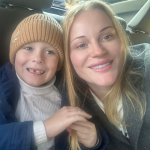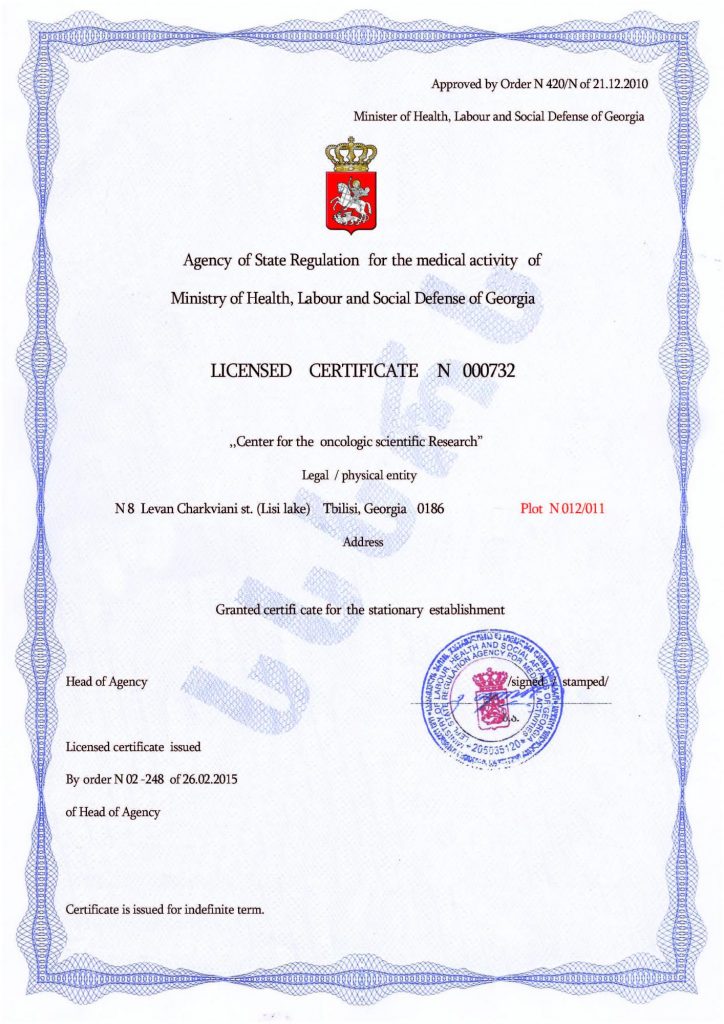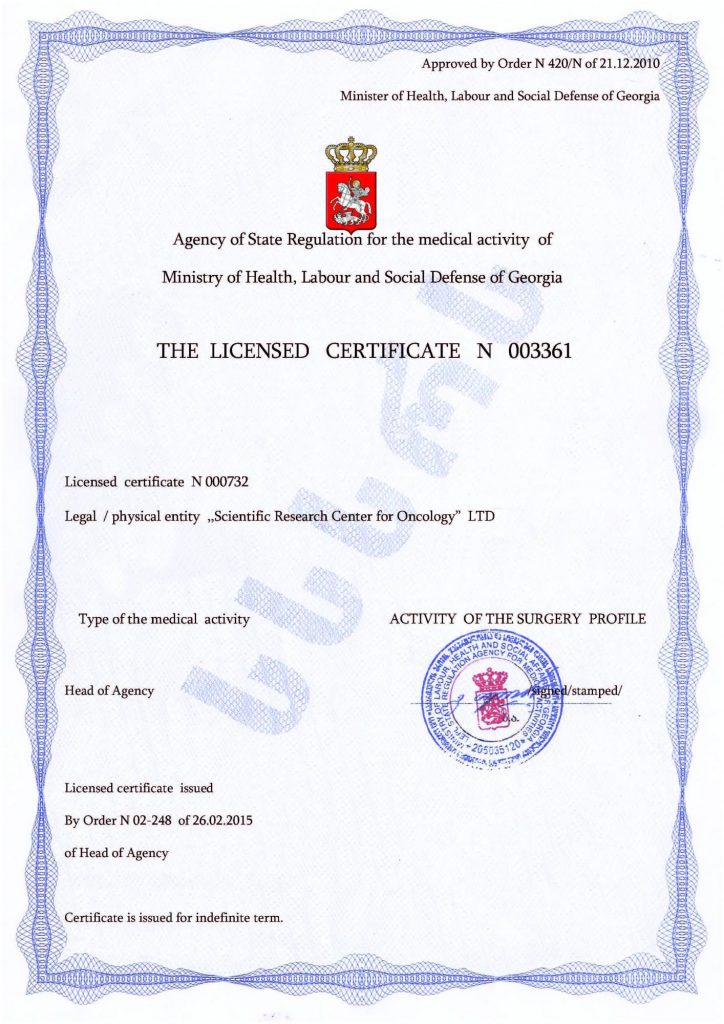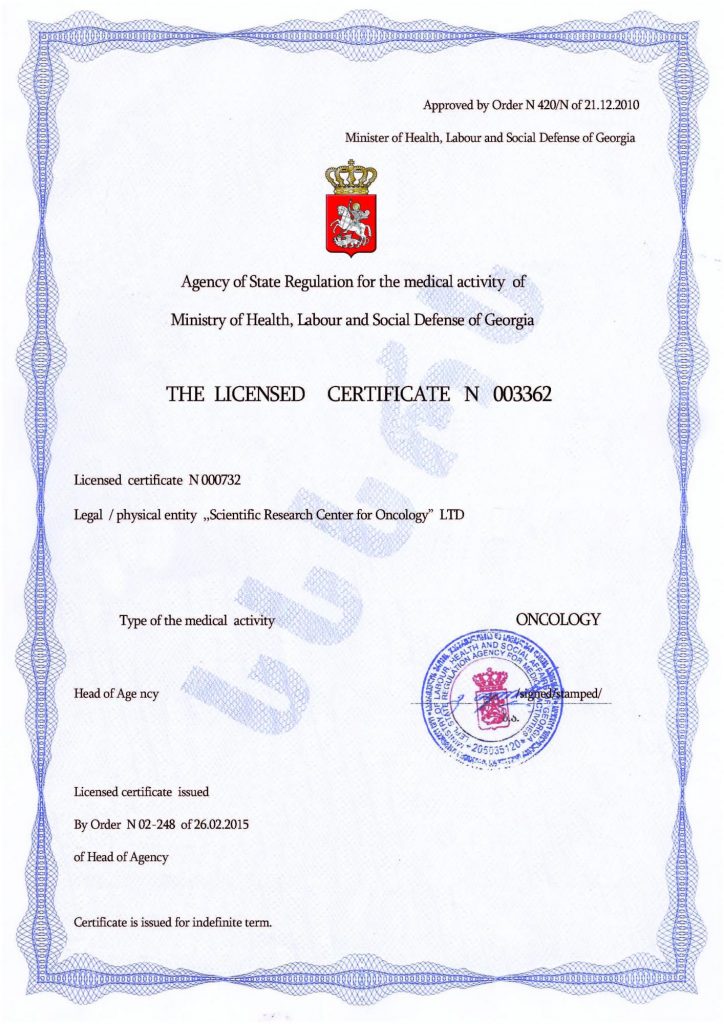Autism, Diet, and Behavior: An Implicit Yet Strong Connection
Individuals with any form of autism spectrum disorder often face challenges due to abnormal brain and nervous system function. Autism also leads to eating behavior issues, which stem from sensory system malfunctions and gastrointestinal infections. However, various supplements containing necessary vitamins and diet plans for autistics have been developed to improve well-being and even reduce the intensity of certain symptoms. For example, it has been proven that eliminating gluten and casein can improve behavior, sleep, and gut function.
Signs of Autism in Early Age
The signs of autism are noticeable at an early age. The most common signs include:
- Communication or interaction problems
- Limited interest in food or a preference for a few specific foods while ignoring others
- A tendency to withdraw from others, not participating in group activities
- Problems with both gross and fine motor skills
The severity of symptoms varies from mild to severe, but early diagnosis can enhance the effectiveness of interventions. For example, Applied Behavior Analysis (ABA) therapy has shown good results in addressing behavior disorders and promoting positive changes.
Addressing Eating Problems in Autistic Children
When addressing eating problems, it’s crucial to help the child consume a variety of foods. This task can sometimes be challenging because of sensory hypersensitivity. Autistic individuals tend to resist changes, including in their diet, and often prefer foods with specific tastes or colors. As a result, food prepared in a new way might remain untouched. To overcome this resistance, it’s best to consult a nutritionist who can design a diet plan and recipes, using the child’s favorite foods, to normalize behavior and provide proper nutrition.
It’s important to remember that when children refuse certain foods, it’s not because they dislike healthy eating, nor are they being picky; food selectivity is related to improper functioning of sensory organs. Additionally, autistic individuals may easily become agitated or, conversely, enter a state of distress due to unfamiliar smells, tastes, textures, and colors of food. It’s no surprise that an unbalanced diet can lead to digestive issues, causing pain, discomfort, bloating, diarrhea, constipation, and increased acidity, all of which negatively affect behavior. These children may display aggression, irritability, and a reluctance to make contact. Therefore, addressing major gastrointestinal issues can ease their condition and help control emotions.
Gluten and Casein-Free Diets and Their Positive Effects
Excluding gluten and casein from the diet in autism also plays a positive role. According to research, many individuals show improvements in concentration and speech, they are more willing to make eye contact, and their social behaviors improve. Therefore, it’s advisable to avoid or limit:
- Milk and dairy products (ice cream, yogurt, cheese, etc.)
- Grains and products made with refined flour and yeast—bread, baked goods, cookies
The diversity of the diet doesn’t have to suffer; for example, if the child is not allergic to soy or nuts, almond or soy milk can be used instead of regular milk, and tofu can replace cheese, with the added benefit that it can be flavored during preparation.
Healthy Foods for a Gluten-Free, Casein-Free Diet
The following are essential for a healthy diet in a gluten- and casein-free plan:
- Fruits and vegetables
- Fish, meat, and chicken
While diet alone cannot cure autism, it can reduce eating problems and improve the child’s overall health. The best feeding approach is to find a compromise between what the child needs and what they prefer. However, restrictions will not be necessary if the disorder and its symptoms are eliminated.
Cell Therapy: A Natural Solution to Autism and Its Symptoms
This can be achieved through cell therapy, an innovative and safe approach with much higher effectiveness than traditional methods. Moreover, it helps fight autism naturally—by stimulating the body’s regenerative abilities after transplanting the patient’s own stem cells, thus preventing rejection.
The unique feature of these cells is that they can transform into any other cells, replacing damaged ones with healthy counterparts. Improvements in behavior, cognitive abilities, motor skills, and developmental speed become noticeable shortly after the procedure and persist for years, and in many cases, these changes are permanent. As a result, supplementary correction methods for autism behavior and symptoms become more effective.
Cell therapy can become the primary method in the fight against autism and other disorders, and it is already being used in the world’s leading clinics. One of them is the Mardaleishvili Medical Center, whose doctors have extensive successful experience with stem cell transplants and utilize the most advanced high-tech equipment to achieve optimal therapeutic results. The cost of services at this center is lower compared to other countries, and the staff can assist with trip planning and various matters, including accommodations.
Cell Therapy: A Path to a Diverse, Healthy, and Unrestricted Diet!
Autism Treatment Center Videos
Autism treatment with own stem cells
Cord blood association congress
International Quality Crown
Autism Treatment Reviews
Autism treatment with own stem cells
The story of Alessandro (6 years old)
Autism Patient Testimonial - Stem Cell Treatment
Clients Testimonials

Feedback from Yulia, mother of Emily (7 years old) Read More

Feedback by Everita, Katrina’s mother (5 years old) Read More

Feedback from Igor, David’s father (12 years old) Read More

Feedback from Olga, Fedya’s mother Read More

Feedback from Natalia, Radomir’s mother (15 years old) Read More












